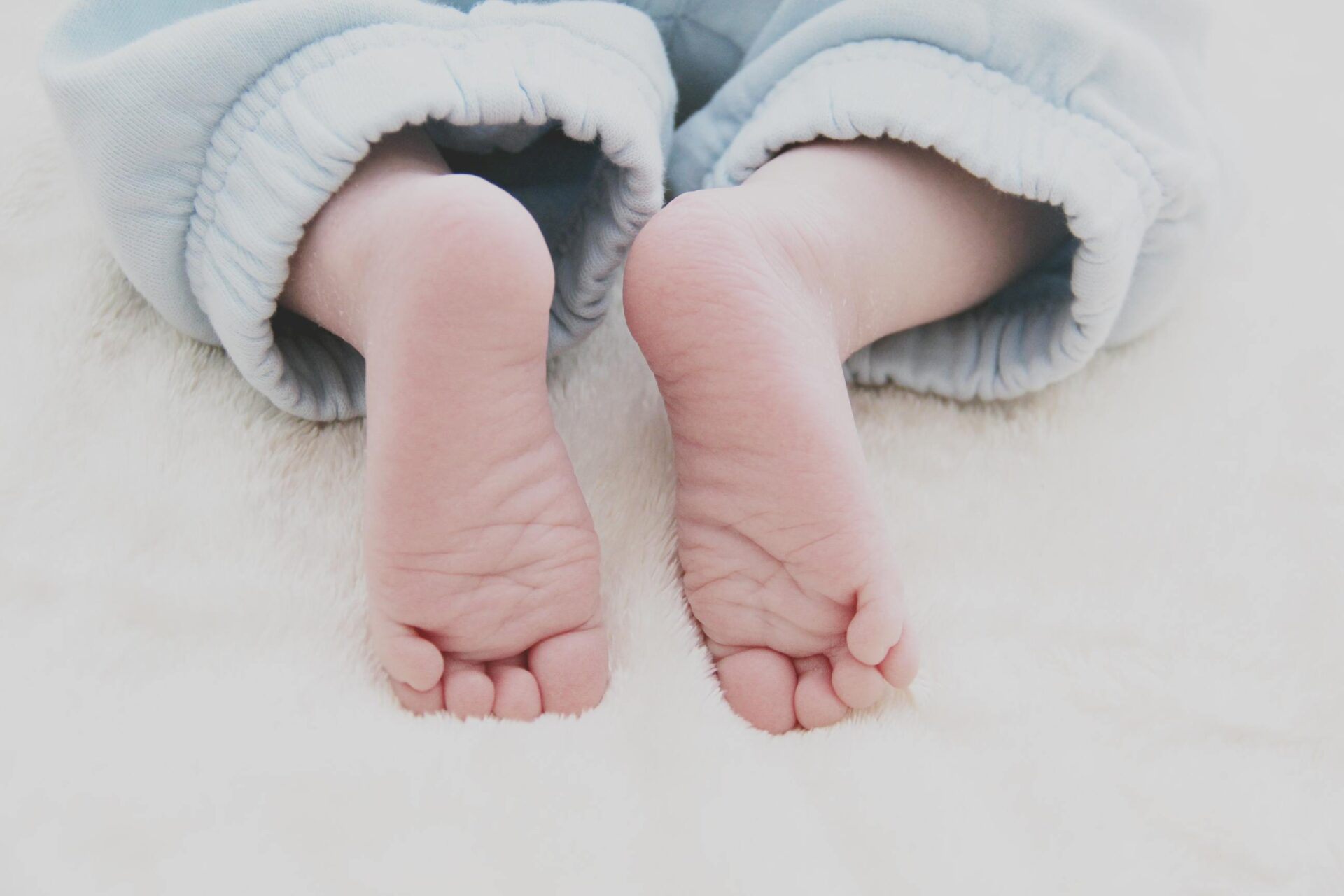Health
3 min Read
How to correct flat feet

July 24, 2013
Health
3 min Read

July 24, 2013

 Don’t let your child’s flat feet get you
Don’t let your child’s flat feet get you
down; the condition can be corrected,
if treated early by a foot specialist.
“I see it all the time,” says
podiatrist Dr. Jeffrey Cowen, from
the JD Cowen Foot & Ankle Clinic in
Toronto. “Mechanical foot problems
are the reason 50 percent of parents
bring their kids to see me. Eighty
percent of these kids have flat feet.”
Typically hereditary, a flat foot
means the foot is unstable and has
a collapsed arch. If left untreated
over time, it can cause the leg to
rotate inward. This can lead to joints,
muscles, tendons and ligaments
becoming strained and overworked,
which can, in turn, lead to lower back
and knee problems.
In infancy, it’s normal for babies
to have flat feet, says Dr. Cowen.
“But from the time they learn to
walk until age 10, the foot and ankle
bones are developing and the arch is
forming. In normal development, the
foot grows bigger after age 10 but the
structure is formed.”
That’s why foot specialists can
correct the condition more effectively
if caught early, starting at age three.
The trick, he says, is knowing what
to look for so you can treat it from the
beginning.
“Typically, two- to five-year-olds
won’t complain of pain, but they
might rub their leg or shin area,
as these muscles control the foot,”
says Dr. Cowen. “Parents should
observe whether their children are
also walking atypically, if they are
unstable when they walk or run or
if their shoes are wearing out in a
strange pattern.”
As kids get older, they will weigh
more, perhaps be involved in more
organized sports, and symptoms
such as discomfort may occur. At this
age, kids will be able to complain of
foot or leg pain, so you will know to
take them to a foot specialist right
away.
You can always start with a
referral from a family doctor, but
pediatricians don’t typically look
for flat feet. You can also look for a
licensed podiatrist. Here’s what your
foot specialist will do:
Originally published in ParentsCanada magazine, August/September 2013.